Diego Delso (Alicante, 47 years old) shares on Wikipedia, the collaborative universal encyclopedia, the most photogenic corners of the world through his lens. They are not necessarily the most touristy: he goes after the emotion. One of his tricks is to chase the blue hour of the day with a mobile application that tells you when the sun sets. Furthermore, Delso wants his photos to provide encyclopedic value to the Internet and he does so through Wikimedia Commonsa Wikipedia project that serves as a public archive repository, where Delso has already uploaded a total of 28,222 images.
Delso’s name on that platform is Little by little, in honor of its beginnings in 2008. At first, the photographer thought he had to “look for beauty” in his snapshots to participate in the project, but later he realized that he had to learn and meet some photographic criteria. “Even a photo of a stone on the street can be of quality, even if it has no interest or the composition is very boring,” he explains. Fifteen years later, he is a repository professional and has managed to get Wikipedia to use 65% of its uploaded photos, on more than 64,700 occasions.
Behind every photo there is always a story, says Delso. “I managed to take a photo of an Iberian lynx after six hours of waiting in an underground hiding place and when the sun had already set.” Behind the lens of the camera he knows that he is facing a good capture if he experiences what he calls the effect wow: when you watch a scene and are impressed. And in order to upload the photos they have to match reality: “My photos are authentic, they have no filters. On Wikipedia we look for images that document and illustrate an encyclopedic article,” explains the photographer.
Artificial intelligence in the dark room
“Traveling and taking photos excites me; selecting and editing them, not so much,” Delso jokes. After taking about 2,000 photos he has to discard almost all of them and keep around 50. Another difficulty is recognizing what is on the other side of the camera: “Identifying insects and plants is crazy. “I am an engineer and I go crazy trying to determine the species I have photographed,” he admits. To speed up work and fulfill the project’s motto—bring together knowledge and make it available to everyone—Delso uses artificial intelligence tools such as iNaturalista social network that helps you recognize different animals and plants.
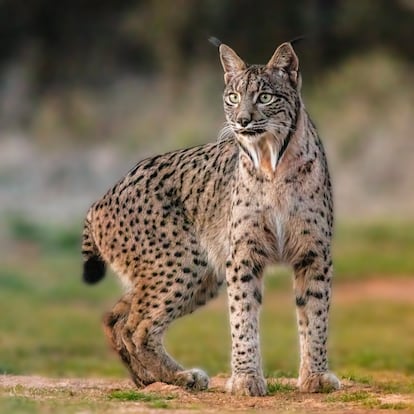
Wikipedia’s image library does not have photos created using artificial intelligence, but Delso does not think it is unreasonable that this could happen in the future, as long as certain rules are met: “As a user you have to control what the sources of images are.” the images and that they are all free. The image would have to be nourished by images that have no restrictions and be documented very well.” Otherwise, you would be committing an infraction equivalent to uploading a photo saying it is yours when it is not. In that case, the project would have bots to monitor the content, suggests Delso: “A recognizer that checks whether what is uploaded is original or not, just as it is already done with the text. Additionally, the content should be tagged.”
The big technology companies, Google, Meta and OpenAI, announced in February some measures to identify images or files that have been produced or retouched with artificial intelligence. Among the options for labeling them are visible marks on images and messages hidden in the file’s metadata, or in pixels that have been artificially generated.
altruistic spirit
Delso’s photos are licensed free for anyone to use. That is why the photographer has seen how others have used his images, in such unexpected places as stamps or beer labels in Alaska. He does not charge anything for the use of it, he does it “for the love of art.” In 15 years he has only received five donations for a total of 200 euros. However, others do make money off of his photos: “If someone makes a book with my images, I don’t see a penny. There are also people who take my photos and sell them on eBay.” To use them freely, all you have to do is cite the author in the photo credits, but many times “they don’t even do that,” he laments.
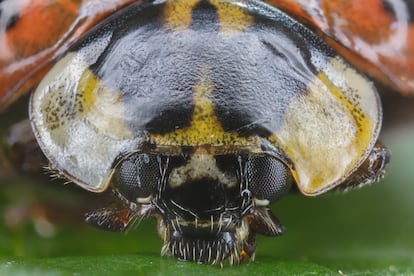
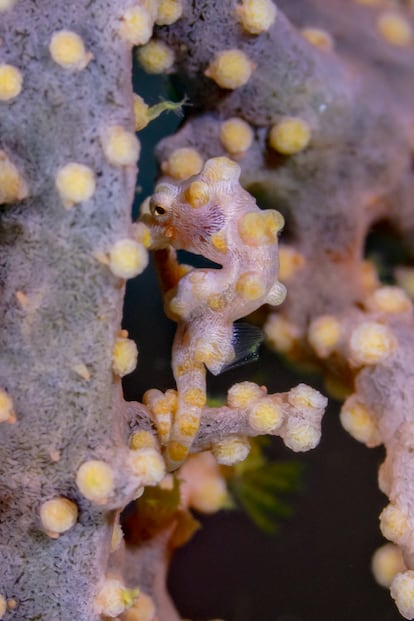
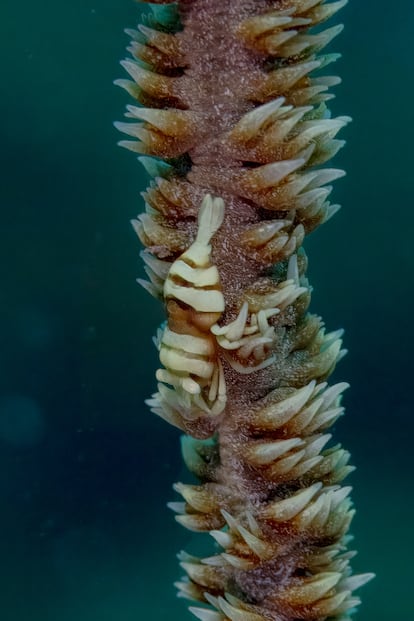
This portrait photographer is also an auditor, in an automobile company, and recognizes that photography helps him manage the stress of work. His three passions are traveling, photography and diving, and the project allows him to combine all three. Thanks to macro photography, a technique that allows you to take large-scale photos with a large magnifying glass, he discovered that Wikipedia needed quality material on marine fauna.
More biographies of men
A study published by the journal Nature observed a consistent gender bias on Wikipedia after analyzing 349,500 photos, as EL PAÍS explained in February. The study’s researchers noted that bias is more common in images than in text and its effects are more psychologically powerful. Delso says that the visual impact is due to the “immediacy” of the photos compared to the text. He assures that he does not take into account any bias when taking photos: “I photograph what I find interesting, whether it is a man, a woman, a bird or an object.”
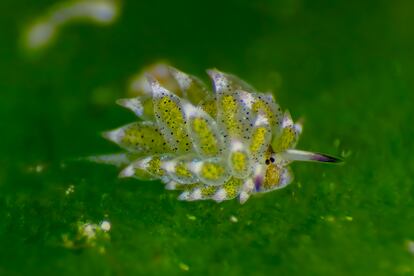
However, Wikipedia does have “more biographies of men than women,” he adds. The encyclopedia in Spanish has a total of 510,061 biographies: 119,145 are women (23.3%) and 389,724 are men (76.4%). To try to mitigate the difference, Wikimedia calls its editathons, when a group of project users come together to improve the topics or articles in the repository.
Things have changed a lot since, in 2002, Little by little He bought a camera thin enough to fit in his shirt pocket. Now all phones have an integrated camera and the space they occupy is storage. Delso regrets that there are good photos on hard drives that no one will ever see, which is why he is very happy to share his. And he is aware of its impact: “Nowadays, where everything has to happen quickly, a picture is definitely worth a thousand words,” he concludes.
You can follow The USA Print in Facebook and x or sign up here to receive our weekly newsletter.




